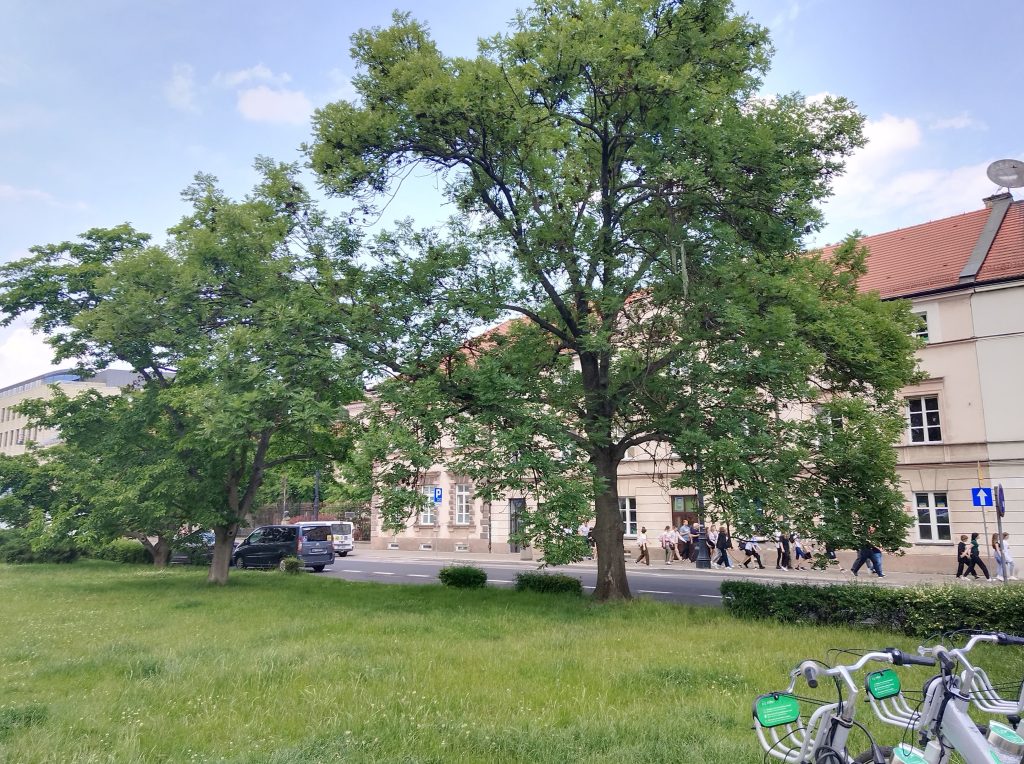How does urban greenery affect our cities? A new study on the example of Poznań

Can greenery in cities effectively reduce noise, filter pollution and lower temperatures? A new study based on the example of Poznan shows that the answer is yes – but in order to even out the possible trade-offs between these ecosystem services, they must be analyzed together, taking into account both their supply and demand. This allows for a comprehensive understanding of ecosystem functions and how their services are perceived and valued by society. We encourage you to read a newly published article in the journal Ecosystem Services.
Łowicki, D., Fornal-Pieniak, B. & Schwerk, A. (2025): Urban greenery services for noise attenuation, pollutant filtration, and temperature lowering: Supply potential, demand, and budgets in Poznań, Poland. Ecosyst. Serv. 73, 101713.
Abstract
This study aims to assess the spatial distribution of various types of urban greenery on the example of Poznań city (Poland), considering their potential to supply ecosystem services (ESs) and the demand for these services. Three ESs were assessed: noise attenuation, pollutant filtration, and temperature lowering. By determining both individual services and a bundle of them and considering biophysical and social demand, this study facilitates the integration of ESs in landscape planning and management. This study calculates a budget—the ratio of the supply potential and demand—to identify areas with the greatest need for ESs and gives clear advice to decision-makers. As expected, the results show that the analysis of individual ES generates different results, which suggests that they should be analysed in bundles. Although significant overlap was found between the potential to supply different services, the biophysical and social demands were much more diverse. The final budget showed a correlation between the need to create urban greenery and population and location relative to the city centre. The highest relationship was observed for noise attenuation, while the smallest was in the case of pollutant filtration. Although many studies show the effectiveness of urban greenery in increasing the level of ES and avoiding environmental problems in cities, only a few studies show how to select locations for activities, considering the present state as well as human and ecological needs. The clue of the presented approach is the mapping of structure–process relationships, which may easily translate into planning practice.